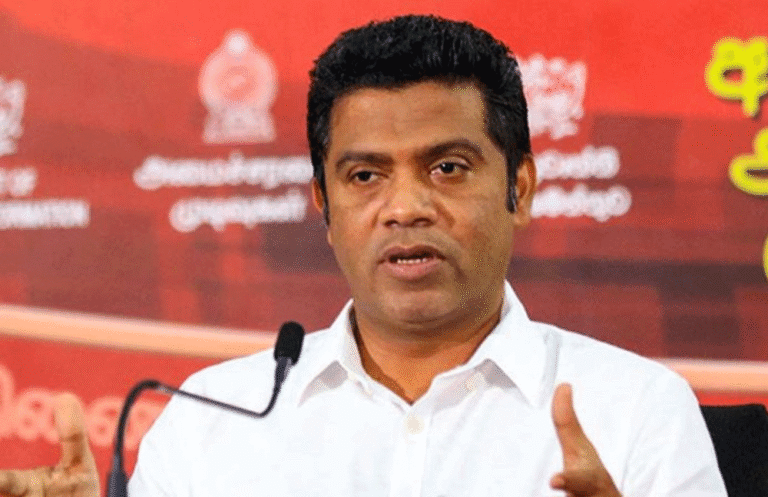Israel Launches Daily Tactical Pauses in Gaza as Hunger Crisis Deepens
GAZA / 28 July — The Israeli military has initiated limited daily pauses in fighting in three heavily populated areas of Gaza—Gaza City, Deir al-Balah, and Muwasi—from 10 a.m. to 8 p.m., aiming to facilitate humanitarian aid deliveries amid growing global condemnation and worsening famine conditions.

The Israeli military described the move as a “tactical pause” to boost the flow of aid into the enclave, which has endured 21 months of continuous conflict. UN humanitarian chief Tom Fletcher welcomed the decision, noting some easing of movement restrictions. However, he stressed the need for “vast and fast” action to avert further humanitarian catastrophe.
Prime Minister Benjamin Netanyahu acknowledged the urgency, saying, “We will have to continue to allow the entry of minimal humanitarian supplies.”
Hunger, Fear, and Delay
Gaza’s population of over 2 million, now confined to shrinking zones, depends almost entirely on aid. Malnutrition-related deaths have surged, with 63 deaths reported in July, including 24 children under five, according to the World Health Organization (WHO).
While Israel claims Hamas diverts aid, it has offered no public proof. The UN World Food Programme (WFP) stated it has food available to feed Gaza for nearly three months, but delivery remains limited. Roughly 80 WFP trucks entered Gaza recently, with more arriving via Jordan, Egypt, and Ashdod—far short of the 500–600 trucks per day the UN says are needed.
Aid Reaches Some, Misses Others
On the ground, frustration is mounting.
“I came to get flour for my children who haven’t had any for over a week. I only managed to get a kilo of rice,” said Sabreen Hassona. Others, like Samira Yahya in Zawaida, said they saw airdrops but received nothing.
In some areas, fear has replaced desperation. “People are scared aid boxes might fall on their children,” said Ahmed al-Sumairi.
The military said it dropped 28 aid packages and has coordinated with international organizations to create secure delivery routes. Yet even with the pause, combat operations continue elsewhere. Gaza’s health officials reported 41 Palestinians killed between Saturday night and Sunday, including 26 people seeking aid.
Killed While Seeking Help
According to Awda Hospital in Nuseirat, Israeli forces killed 13 people, including four children and a woman, and injured 101 others near a Gaza Humanitarian Foundation (GHF) aid site.
In separate incidents, another 13 Palestinians were killed while attempting to access aid near Gaza City and the Zikim crossing. Over 140 were wounded in those attacks, hospital officials said.
The Israeli military claimed it fired warning shots to deter potential threats before the aid center opened.
Ceasefire Talks in Doubt
Ceasefire negotiations remain stalled. Israel and the U.S. pulled delegations from Qatar, citing Hamas’ unwillingness to compromise. Israel continues to demand Hamas’ surrender, disarmament, and exile—conditions Hamas refuses.
Hamas negotiator Khalil al-Hayya insists the group has shown “maximum flexibility.” Meanwhile, Mahmoud Merdawi, a senior Hamas official, argued that Israel’s aid pause is a public relations maneuver, not a genuine attempt to save lives.
Death Toll and Fallout
Since the war began with the October 7, 2023 Hamas attack that killed 1,200 people in Israel and took 251 hostages, Israel’s retaliatory campaign has killed more than 59,700 Palestinians, Gaza’s Health Ministry reports. Over half of those killed are said to be women and children. Israel has lost 898 soldiers in Gaza to date.
Images of emaciated children have drawn sharp criticism globally. On Sunday, former U.S. President Donald Trump called the images “terrible,” further adding pressure on Israel to address the humanitarian crisis.
“Every delay is measured by another funeral,” said Dr. Muneer al-Boursh, Gaza’s Health Ministry director-general. “This truce will mean nothing if it doesn’t turn into a real opportunity to save lives.”






